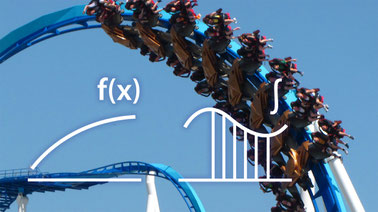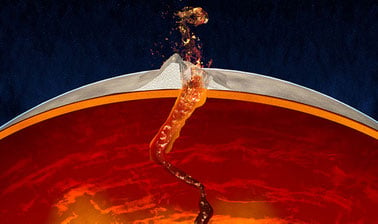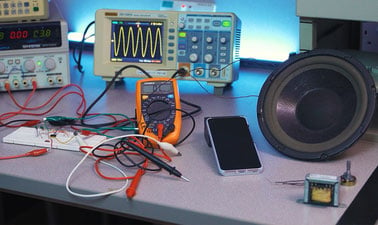The online area simulations on this page will help you discover unexpected relationships of areas to other mathematical concepts.
Area calculation in mathematics refers to the process of determining the size or measure of a two-dimensional region of the plane. There are different methods and techniques for calculating areas, depending on the shape and characteristics of the region in question. Some of the most common methods are described below:
Areas of simple figures. For simple geometric figures, such as triangles, rectangles, squares and circles, there are specific formulas to calculate their areas. For example, the area of a triangle can be calculated by multiplying the base by the height and dividing the result by two, while the area of a circle can be obtained using the formula πr^2, where r is the radius.
Areas of composite figures. For more complex figures, one can use techniques of decomposition into simpler figures and then add or subtract the corresponding areas. For example, the area of a trapezoid can be calculated by adding the area of two triangles and a rectangle.
Integration. Integral calculus is used to calculate areas of more irregular regions or curves. If a function describing the curve bounding the region is known, the area can be calculated using the definite integral of that function over a given interval. This involves dividing the region into infinite vertical strips, calculating the area of each strip, and then summing all the areas.
Green’s Theorem. For regions of the plane bounded by simple closed curves, Green’s theorem provides a relationship between the enclosed area and a line integral over the curve. This theorem states that the area enclosed by the curve is equal to the line integral of a specific vector function over the curve.
These are just some of the main methods for calculating areas in mathematics. Each of them is applied according to the characteristics of the region in question and the availability of information about it. The calculation of areas is fundamental in several parts of mathematics and has practical applications in fields such as physics, engineering and computational geometry. The online area simulations of this page are a geat tool that can help you in many ways. Don´t miss them!
Explore the exciting STEM world with our free, online simulations and accompanying companion courses! With them you'll be able to experience and learn hands-on. Take this opportunity to immerse yourself in virtual experiences while advancing your education - awaken your scientific curiosity and discover all that the STEM world has to offer!
- Builder
- Model
- Multiplication
- Algebra
- Decimals
Area builder
Create your own shape with colored blocks and explore the relationship between perimeter and area. Compare the area and perimeter of two shapes side by side. Test yourself on the game screen to build shapes or find the area of funky shapes – try to collect lots of stars!
File
Area model: introduction
Build rectangles of various sizes and relate multiplication to area. Divide a rectangle into two areas to discover the distributive property.
File
Area model: multiplication
Build rectangles of various sizes and relate multiplication to area. Discover new strategies for multiplying long numbers and use the Game window to test your problem solving strategies!
File
Area model: algebra
Build rectangles of various sizes and relate multiplication to area. Discover new strategies for multiplying algebraic expressions. Use the “Game” window to test your multiplication and factoring skills.
File
Area model: decimals
Build rectangles of various sizes and relate multiplication to area. Make smaller area partitions in a rectangle and discover new strategies for multiplying decimals!
File
Mathematics courses


MathTrackX: Special Functions

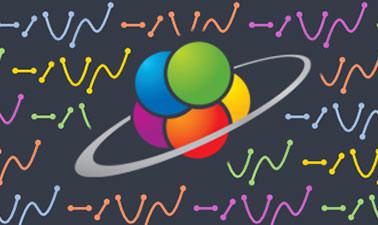

Introduction to Algebra



How to Learn Math: For Students

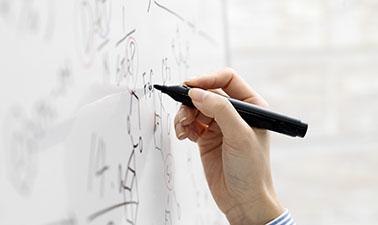

Maths Essentials

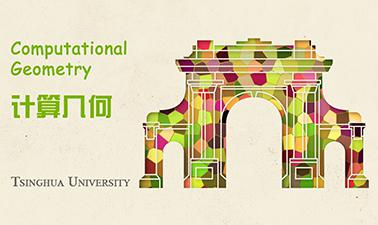

计算几何 | Computational Geometry

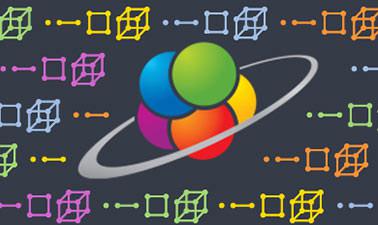

Introduction to Geometry

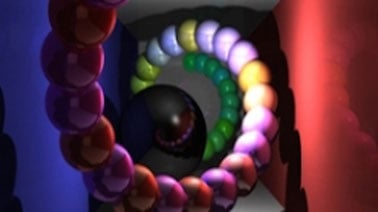

Computer Graphics

Other courses


Basic Analytical Chemistry



Electricity and Magnetism, Part 1



Thermodynamics and Phase Equilibria



Introduction to Quantum Computing for Everyone

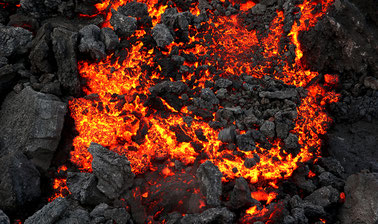

Monitoring Volcanoes and Magma Movements



Groundwater Cycle



Fiber Optic Communications



Synthetic Aperture Radar: Hazards



